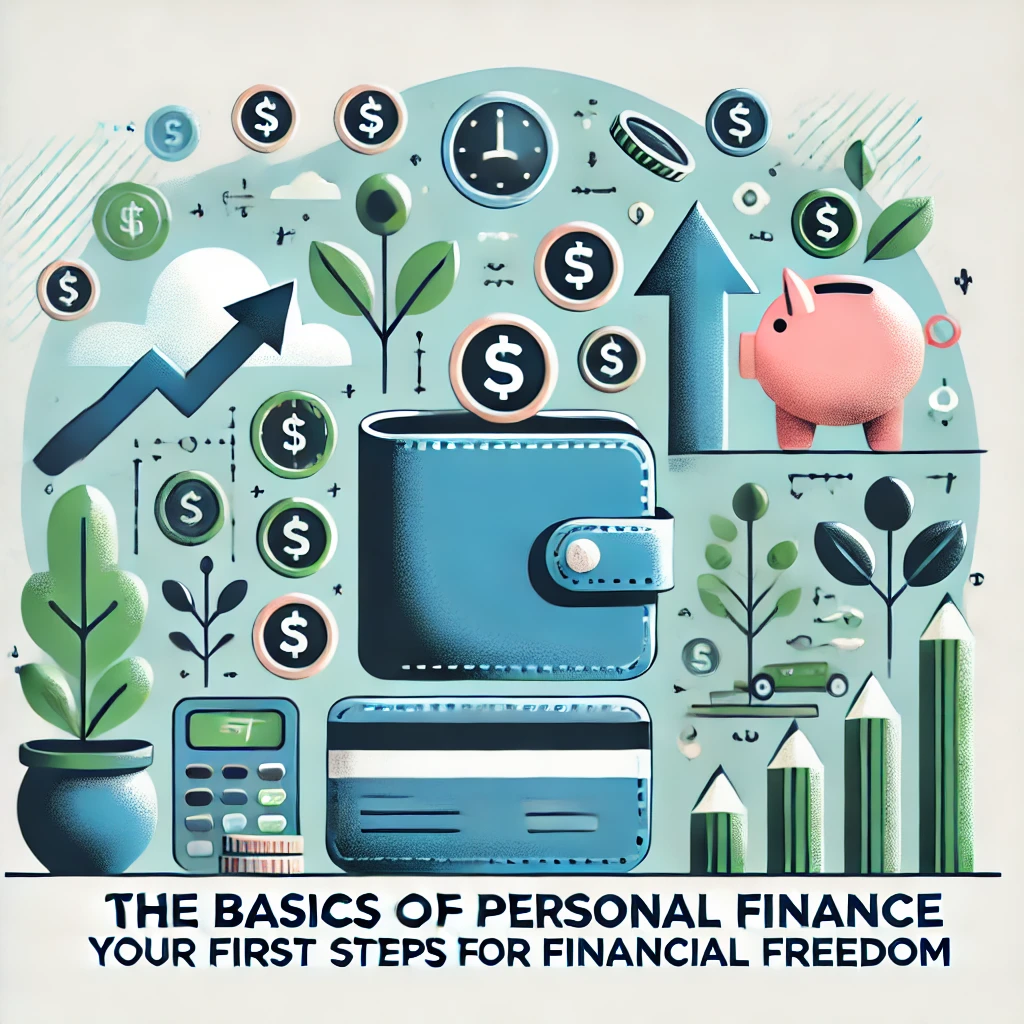
The Basics of Personal Finance: Your First Steps to Financial Freedom
Introduction: Achieving financial freedom may seem like a distant dream, but with the right foundation in personal finance, it’s entirely possible. This article will guide you through the basics of managing your finances effectively, including budgeting, saving, and goal setting. Whether you’re just starting out or looking to refine your approach, these steps will help you build a solid financial future.
1. Understanding Your Financial Situation
The first step towards financial freedom is understanding where you currently stand. This involves taking a detailed look at your income, expenses, debts, and savings. Start by listing all your sources of income and then categorize your expenses—fixed costs (like rent or mortgage), variable costs (such as groceries and utilities), and discretionary spending (like dining out or entertainment). This snapshot will provide clarity on your financial health.
2. Creating a Budget
Budgeting is the cornerstone of personal finance. A budget helps you allocate your income towards expenses, savings, and investments. Begin by subtracting your total expenses from your total income to determine your discretionary income. Use the 50/30/20 rule as a simple budgeting method: 50% of your income goes to needs, 30% to wants, and 20% to savings and debt repayment. Adjust these percentages based on your personal goals and circumstances.
3. Setting Financial Goals
Setting clear, actionable financial goals is crucial for staying motivated and on track. Start with short-term goals, such as building an emergency fund or paying off high-interest debt, and gradually work towards long-term objectives like buying a home, investing for retirement, or funding your children’s education. Make your goals SMART—Specific, Measurable, Achievable, Relevant, and Time-bound—to increase your chances of success.
4. Building an Emergency Fund
An emergency fund is your financial safety net, designed to cover unexpected expenses like medical bills, car repairs, or job loss. Aim to save at least three to six months’ worth of living expenses in a readily accessible account. This fund not only provides peace of mind but also prevents you from falling into debt when unexpected costs arise.
5. Managing Debt Wisely
Debt management is a critical aspect of personal finance. Prioritize paying off high-interest debt first, such as credit cards, while making minimum payments on lower-interest loans. Consider strategies like the debt snowball (paying off the smallest debts first) or the debt avalanche (tackling the highest-interest debts first) to stay organized and motivated.
6. Saving and Investing
Saving is essential, but investing is what accelerates your journey to financial freedom. Start with a basic savings plan, such as automating a portion of your income into a savings account. Once you have a stable savings habit, explore investment options like stocks, bonds, or mutual funds to grow your wealth over time. Diversification and understanding your risk tolerance are key to successful investing.
7. Monitoring and Adjusting Your Plan
Personal finance is not a set-it-and-forget-it activity. Regularly review your budget, track your expenses, and adjust your financial plan as needed. Life circumstances change, and so should your financial strategy. Use tools like budgeting apps or financial planning software to stay on top of your finances.
Conclusion: The basics of personal finance lay the groundwork for achieving financial freedom. By understanding your current situation, creating a budget, setting goals, building an emergency fund, managing debt, and investing wisely, you can take control of your financial future. Remember, consistency and discipline are key—start small, stay focused, and watch your financial health grow.


